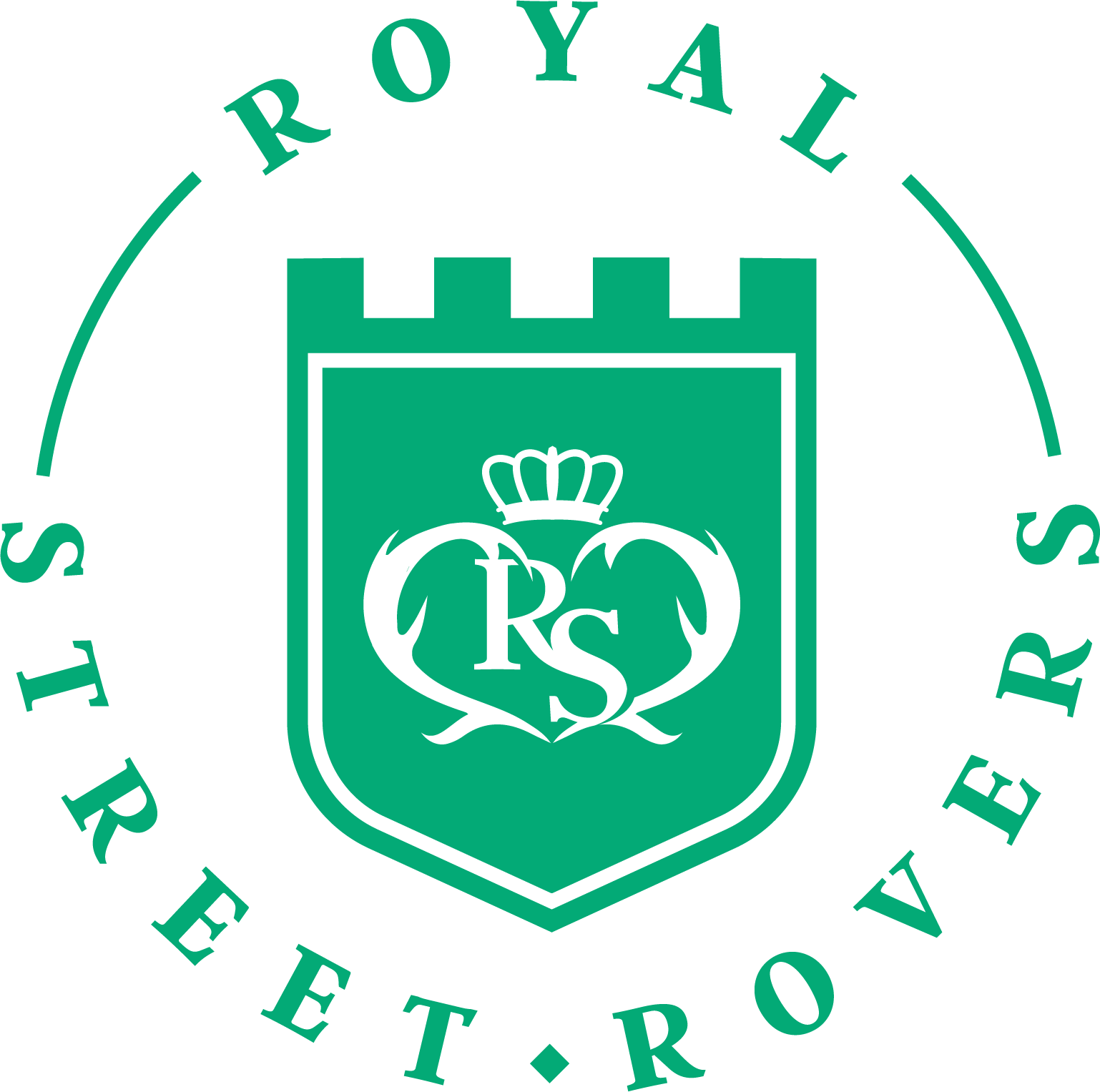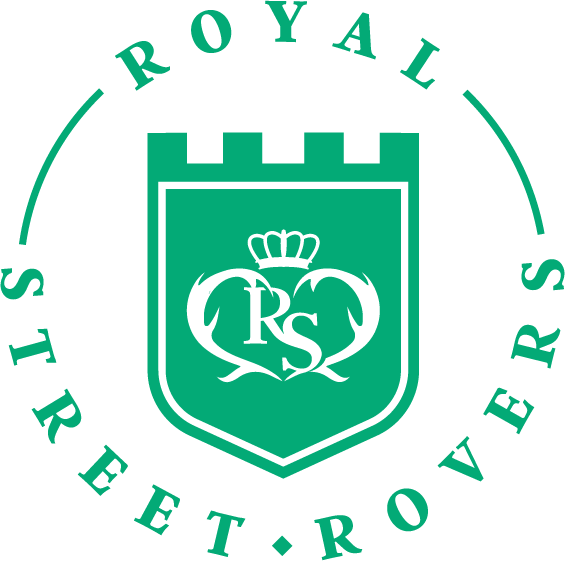Choosing the best engine for your Land Rover Defender can be a daunting task, given the variety of options available. Whether you’re looking for reliability, performance, or fuel efficiency, each engine has its unique strengths. In this blog post, we’ll explore the different Land Rover Defender engines to help you decide which one suits your needs best.
Series I to Present Day: Evolution of the Land Rover Defender Engine
The Land Rover Defender has undergone significant changes since its introduction in 1948. Below is a timeline showcasing the major engine updates and model changes that define the Defender’s journey from the Series I to the modern-day model.
Fig: Timeline of Land Rover Defender Engine and Model Evolution (1948 to Present Day)
| Year | Model | Key Developments |
|---|---|---|
| 1948 | Series I | Launched with a 50bhp, 1595cc petrol engine from the Rover P3. |
| 1952 | Series I | Enlarged to a 1997cc engine with 52bhp. |
| 1957 | Series I | Optional 52bhp, 2052cc diesel engine introduced. |
| 1958 | Series II | Petrol engine enlarged to a ‘two-and-a-quarter’ liter engine. |
| 1961 | Series IIA | Launched with a 62bhp, 2286cc diesel engine. |
| 1962 | Series IIA Forward Control | Diesel and six-cylinder petrol engines available. |
| 1979 | Series III | Introduced the 3528cc V8 engine option. |
| 1984 | Ninety | Launched with four-cylinder engines; V8 option became available in 1985. |
| 1985 | Defender | Replaced the 2286cc diesel with a 2495cc diesel engine. |
| 1986 | Defender | Launched the 85bhp, 2495cc turbo-diesel engine. |
| 1990 | Defender 90, 110, 130 | Launched with the 107bhp, 2495cc turbo-diesel 200Tdi, replaced by the 111bhp 300Tdi in 1994. |
| 1998 | Defender | Introduced the 122bhp five-cylinder Td5 engine. |
| 2007 | Defender | Replaced the Td5 with the 122bhp Puma/DuraTorq TDCI four-cylinder turbo diesel engine. |
| 2012 | Defender | A smaller 2.2-litre diesel engine replaced the 2.4-litre unit. |
| 2019 | Defender | Introduced new engines, including the Ingenium 2.0-litre 4-cylinder 200HP/240HP Diesel and 300HP Petrol, as well as the 518hp Supercharged 5.0-litre V8. |
This table illustrates the evolution of the Land Rover Defender’s engines and major model changes, capturing the enduring legacy of one of the most iconic off-road vehicles in history.
Below are the list of best Land Rover Defender engine to used.
1. 200Tdi
The 200Tdi engine, introduced in 1990, is renowned for its durability and simplicity. It features a 2.5-liter inline-four diesel engine, producing 107 horsepower and 195 lb-ft of torque. This engine is beloved by enthusiasts for its robust construction and ease of maintenance.
Pros:
- Highly reliable
- Easy to maintain and repair
- Good fuel economy
Cons:
- Less powerful compared to newer engines
- Noisy and less refined
2. 300Tdi
Following the 200Tdi, the 300Tdi was launched in 1994. This engine improved on its predecessor with better refinement and slightly increased power output, offering 111 horsepower and 195 lb-ft of torque.
Pros:
- Improved refinement over 200Tdi
- Reliable and easy to maintain
- Solid performance and fuel economy
Cons:
- Still not as powerful as more modern engines
- Can be prone to head gasket issues
3. Td5
The Td5 engine, introduced in 1998, marked a significant technological leap for the Defender. It features a 2.5-liter five-cylinder turbocharged diesel engine, producing 122 horsepower and 221 lb-ft of torque. This engine brought electronic management systems to the Defender lineup.
Pros:
- More powerful than previous engines
- Improved performance and torque
- Advanced technology for better efficiency
Cons:
- More complex, making DIY repairs difficult
- Can be prone to electrical issues
4. Puma (2.4 and 2.2 TDCi)
The Puma engines, also known as the TDCi engines, were introduced in 2007 and come in two variants: the 2.4-liter and the 2.2-liter. These engines brought the Defender into the modern era with common rail diesel technology.
Pros:
- Modern and efficient
- Better power output and torque
- Quieter and more refined
Cons:
- More complex and expensive to repair
- Some reliability issues with the 2.4-liter variant
5. V8 Engines
For those seeking performance, the V8 engines offer a thrilling experience. The original V8, a 3.5-liter, was later followed by more powerful versions, including the 4.0-liter and 4.6-liter engines.
Pros:
- Exceptional power and performance
- Iconic V8 sound
- Great for heavy-duty and off-road use
Cons:
- Poor fuel economy
- Higher maintenance costs
- Can be expensive to acquire
6. Ingenium Diesel and Petrol Engines
The latest Defenders feature the Ingenium line of engines, available in both diesel and petrol variants. These engines are designed for maximum efficiency and performance, offering a range of power outputs to suit different needs.
Pros:
- Advanced technology for optimal performance
- Excellent fuel efficiency
- Lower emissions
Cons:
- Higher initial cost
- More complex, potentially leading to higher repair costs
Conclusion
So, what is the best Land Rover Defender engine? The answer depends on your specific needs and preferences. For simplicity and reliability, the 200Tdi and 300Tdi are excellent choices. If you prefer modern technology and better performance, the Td5 or Puma engines might be the best fit. For those craving power, the V8 engines are hard to beat. Finally, the Ingenium engines offer the latest in efficiency and performance.
Each engine has its strengths and weaknesses, so consider what matters most to you. Whether it’s reliability, power, or modern features, there’s a Defender engine that will meet your needs.
For more expert advice and to explore our selection of Defenders, visit Royal Street Rovers. Happy motoring!




